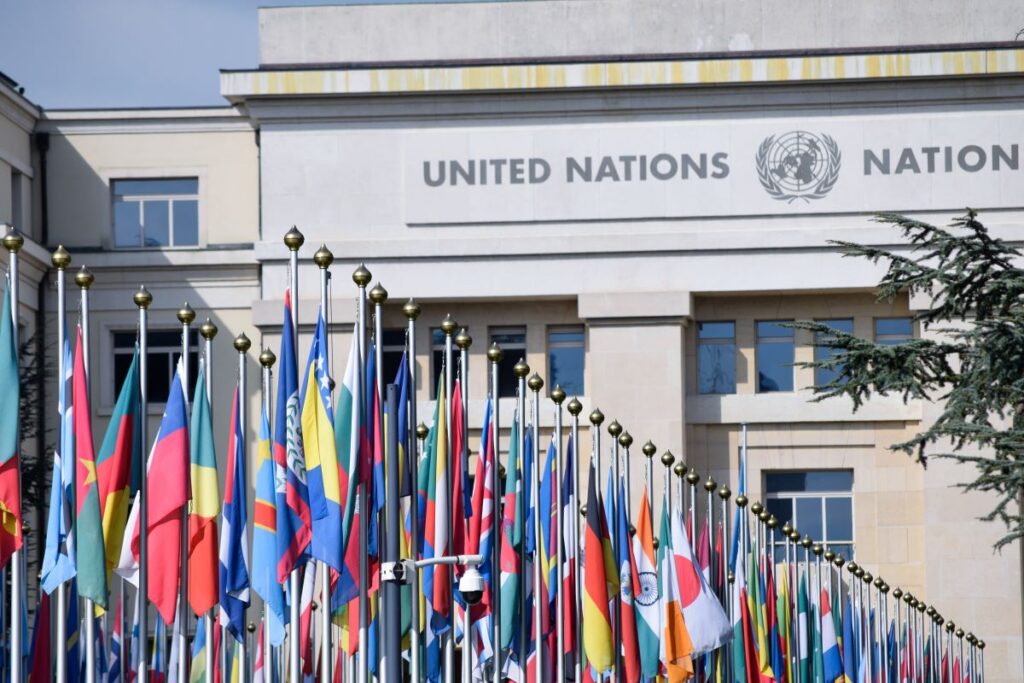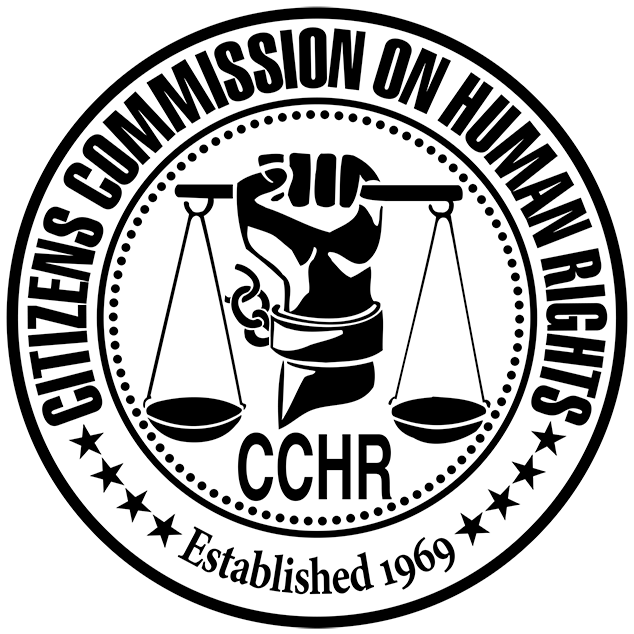New guidance from World Health Organization and UN High Commissioner for Human Rights also calls for laws banning electroconvulsive therapy (ECT) for children.
The World Health Organization (WHO) and the Office of the United Nations High Commissioner for Human Rights (OHCHR) have jointly issued new guidance that opposes the use of electroconvulsive therapy (ECT, or electroshock) on individuals who have not given their free and fully informed consent for the procedure. It also calls for the procedure to be prohibited for children. The new advisory is part of entities’ continuing advocacy for replacing coercive mental treatments with human rights-based mental health services.
Concerning electroshock, the new report, “Mental health, human rights and legislation: guidance and practice,” issued October 12, says “significant controversy surrounds the use of ECT and its associated risks,” noting that the procedure is now banned in Luxembourg and Slovenia and is declining in use in still other countries.
Electroconvulsive therapy is a procedure that sends a strong electrical current through brain tissue, causing convulsions, in an attempt to improve depression or other mental health conditions. It is not known how ECT is supposed to work. The U.S. Food and Drug Administration (FDA) has never required ECT treatment to be proven safe or effective.

For countries allowing it, including the United States, the WHO-OHCHR guidance says that ”ECT must only be administered with the written or documented, free and informed consent of the person concerned.” For the consent to be fully informed, WHO-OHCHR advises that “people being offered ECT should also be made aware of all its risks and potential short- and long-term harmful effects, such as memory loss and brain damage.”
Nonconsensual ECT may be considered a human rights abuse, according to the WHO-OHCHR publication. “International human rights standards clarify that ECT without consent violates the right to physical and mental integrity and may constitute torture and ill-treatment.”
The guidance opposes any use of ECT on children and calls for laws to be enacted to ban it: “ECT is not recommended for children, and this should be prohibited through legislation.” In the United States, reports filed at the state level on the use of ECT indicate that some children 5 years of age and younger are given electroshock.
International human rights standards clarify that ECT without consent violates the right to physical and mental integrity and may constitute torture and ill-treatment.”
— World Health Organization/UN Office of High Commissioner for Human Rights
According to the FDA, electroshock can cause brain damage, cognitive impairment, permanent memory loss, prolonged or persistent seizures, worsening psychiatric symptoms, cardiovascular complications (including heart attacks), breathing complications and death.

Even psychiatrist Max Fink, considered “the grandfather of American ECT,” admitted that “the principal complications of ECT are death, brain damage, memory impairment and spontaneous seizures.”
“The minimisation of risks is not uncommon in ECT practice and research,” wrote professor of psychology John Read, Ph.D., after he and colleagues conducted three audits of patient information pamphlets about ECT. They found that pertinent information was omitted, including the lack of evidence of long-term benefits, the fact that it is not known how ECT is supposed to work, and that similar rates of effectiveness were achieved by people receiving sham (placebo) treatment. There is also no proof of any brain dysfunctions that ECT could correct, according to Read.
The FDA requires ECT machines to have signs next to them stating, “The long-term safety and effectiveness of ECT treatment has not been demonstrated,” Read observed.
CCHR recommends a complete physical examination with lab tests, nutritional and allergy screenings, and a review of all current medications to identify any physical causes of depression or other unwanted mental or behavioral symptoms, which might otherwise be misdiagnosed as a psychiatric disorder and incorrectly treated.
